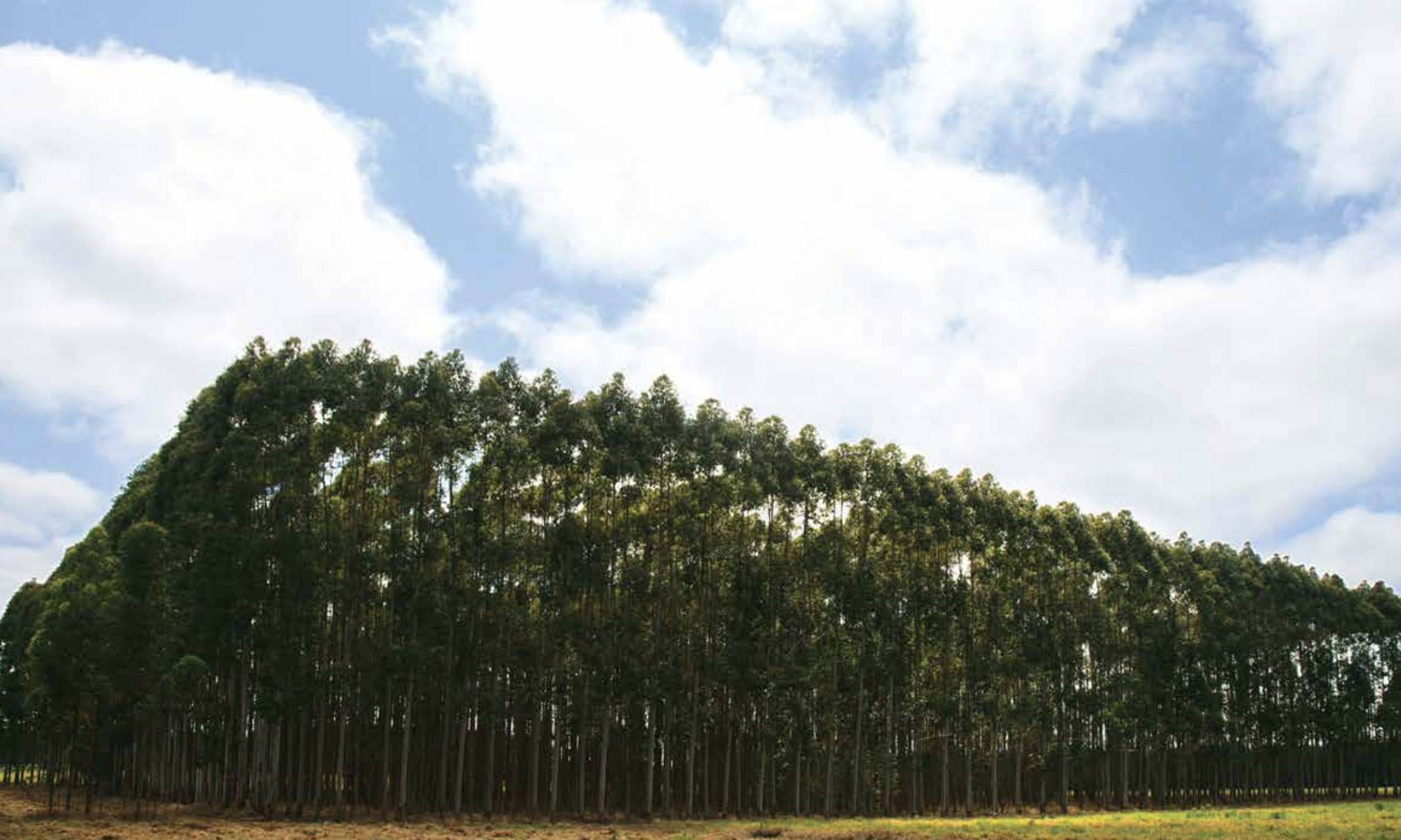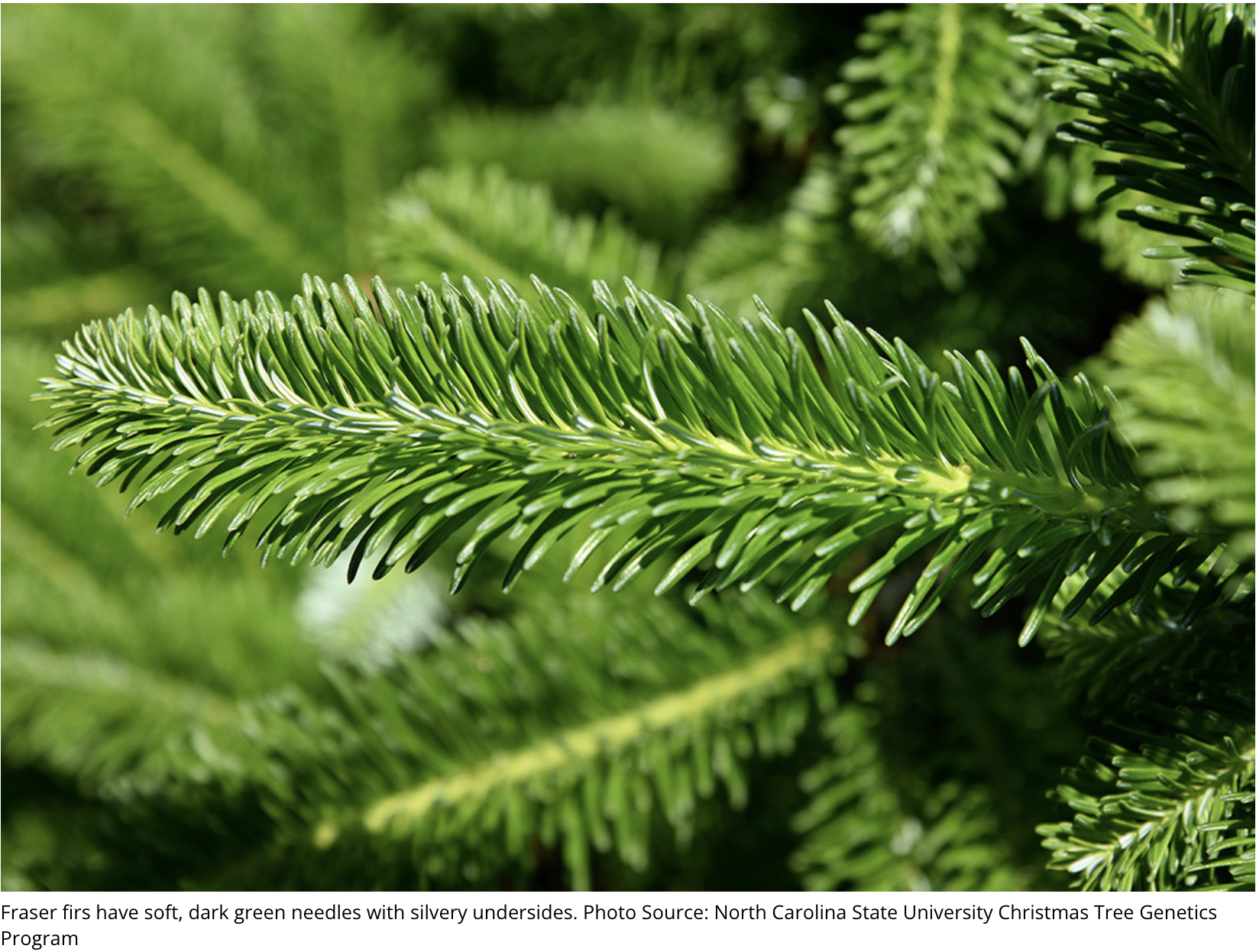From Lab to Forest: Biotech Trees for a Sustainable Future
| |
Climate change is making forests more vulnerable to stress such as wildfires and pests, amid growing demand for their products. This warning is according to the latest report of the Food and Agriculture Organization of the United Nations (FAO) on the State of the World’s Forests 2024.
Wildfire intensity and frequency are increasing globally. In 2023, the wildfires released an estimated 6,687 megatonnes of carbon dioxide. Climate change further worsens forest vulnerability to invasive species, with insects, pests, and pathogens threatening growth and survival. Despite these challenges, global wood production remains at record levels, with an estimated 4 billion cubic meters yearly, and demand for roundwood is projected to increase by up to 49% by 2050, while nearly 6 billion people rely on non-timber forest products. Facing these challenges, FAO emphasizes that science and innovation in the forest sector are vital for achieving the Sustainable Development Goals.
This article summarizes the latest updates on biotech trees as reported on Biotech Updates.
Eucalyptus

FuturaGene successfully developed and gained regulatory approval for a genetically modified (GM) eucalyptus variety exhibiting a yield-enhanced trait. This GM eucalyptus has undergone extensive testing across various regions, demonstrating substantial improvements in wood production compared to conventional varieties. Approved for commercial use in Brazil in April 2015 by the Brazilian National Technical Commission on Biosafety (CTNBio), FuturaGene continues to optimize its derivatives, introducing a gene from Arabidopsis thaliana to produce an enzyme vital in plant cell wall biosynthesis. This innovation aims to reduce the land footprint of forests while providing both economic and environmental advantages. One of their latest GM eucalyptus products contains triple-stacked traits (yield enhancement, herbicide tolerance, and insect resistance) and has received approval from CTNBio in 2024. FuturaGene also collaborated with Corteva Agriscience in releasing the highest-quality publicly available dataset of the eucalyptus genome in 2023.
Oregon State University scientists used CRISPR-Cas9 gene editing to prevent eucalyptus trees from becoming invasive. By knocking out the LEAFY gene, which controls flower formation, the team developed trees incapable of sexual reproduction. This innovation addresses the ecological and economic concerns associated with eucalyptus's potential to invade native ecosystems, especially in the Southern Hemisphere, where large plantations are common. Eliminating the trees' ability to spread sexually offers a crucial solution for managing their environmental impact while still benefiting from their importance in lumber and oil production.
Poplar

Genetic modification of poplar trees (Genus Populus) has been popular among researchers because of their rapid growth, versatile wood, adaptability, and environmental benefits. With around 35 species native to the Northern Hemisphere, FAO describes poplar as a multi-purpose tree for forestry development. Thus, various biotechnological applications have been used to further transform the traits of this economically important tree.
In 2022, Living Carbon reported the promise of genetically engineered poplar trees in combating climate change by improving their ability to capture and store carbon. By incorporating a photosynthesis-enhancing trait into poplars, they reported a significant increase in growth speed and a 53% boost in above-ground biomass production. This breakthrough was achieved through a photorespiration bypass pathway that allows the trees' chloroplasts to more efficiently convert waste products into glucose and cellulose, thereby devoting more energy toward growth and increasing carbon assimilation. The GE trees also produce decay-resistant wood, which further improves carbon storage. The results of the study demonstrate the value of biotechnology in enhancing terrestrial carbon capture and storage, exceeding the capacity of conventional trees and contributing to climate change mitigation.
With the advent of gene editing, researchers are also using this technique to improve poplar trees. Researchers at the University of Maryland developed gene-edited poplar trees to produce high-strength compressed wood. This innovative approach uses base editing to knock out the 4CL1 gene in the trees, which significantly reduces their lignin content. The resulting wood can be compressed into a high-strength material that can substitute for chemically processed natural wood, without the need for volatile chemicals or large amounts of energy. Thus, this gene-edited tree product provides a cost-effective and eco-friendly way to create densified wood, which also improves the trees' capacity for carbon storage, contributing to efforts to minimize carbon emissions.
In another study led by researchers at North Carolina State University (NC State), poplar trees with significantly reduced lignin levels were produced using CRISPR gene editing. Using a machine-learning model, they identified optimal gene-editing strategies that target 21 genes related to lignin production. This led to the poplar varieties with up to 50% less lignin, over 200% higher carbohydrate-to-lignin (C/L) ratios, and increased syringyl-to-guaiacyl (S/G) ratios, all while maintaining growth rates comparable with unmodified trees. Furthermore, the researchers also reported that multi-gene edits were most effective in achieving substantial lignin reduction, highlighting the potential of CRISPR to revolutionize sustainable biomass and fiber production.
Fraser Fir and Birch

Aside from polar, NC State also develops the elite Fraser fir trees under the Christmas Tree Genetics program. Fraser fir accounts for over 98% of the state's Christmas tree sales. The researchers identified the top 25 trees from nearly 30,000 candidates based on superior genetic characteristics, propagating them in a seed orchard since 2018. The genetically improved Fraser firs exhibit a faster growth rate, attaining market height a year earlier than the conventional, while exhibiting a premium appearance and enhanced needle retention after harvest.

A University of Eastern Finland study investigated the defense mechanisms of silver birch trees against autumnal moths and ultraviolet B (UVB) radiation, focusing on the roles of flavonoids and condensed tannins. Using both control and GM silver birch trees with silenced enzymes in the flavonoid-tannin pathway, researchers found that foliar flavonoids exhibited toxic and deterrent effects against insect herbivores. While silencing certain enzymes impacted plant growth and photosynthesis, further experiments showed that an increase in glandular trichome density and the accumulation of specific flavonoids deterred moth larvae, and condensed tannins reduced their growth efficiency. Although UVB affected the flavonoid-tannin pathway, it didn't alter the trees' overall resilience to UVB enhancement, with silver birch flavonoid glycosides proving responsive to UVB. With these findings, the researchers concluded that foliar flavonoids, condensed tannins, and glandular trichomes all contribute to the silver birch's resistance against both herbivorous insects and UVB radiation.
Read more from ISAAA Pocket K 50: Biotech/GM Trees or subscribe to Biotech Updates.
| Newer Post | Archive | Older Post |
Science Speaks is ISAAA Inc.'s official blog. Weekly blog articles, authored by ISAAA writers, partners, and invited contributors, aim to help share, disseminate, and promote scientific knowledge and its vital role in achieving global agricultural sustainability and development. Your support to Science Speaks will help us achieve this goal. You can help us by donating as little as $10.

